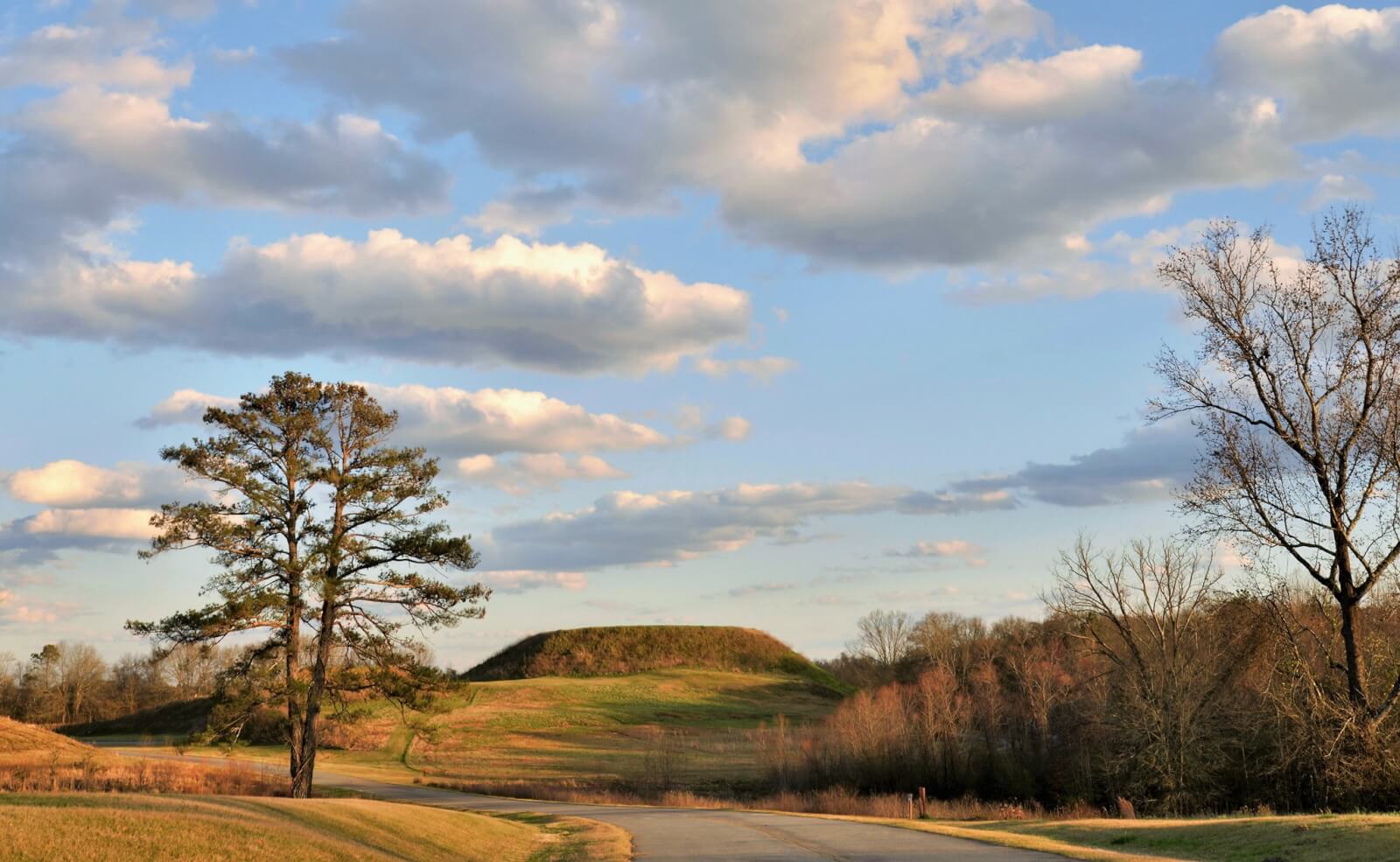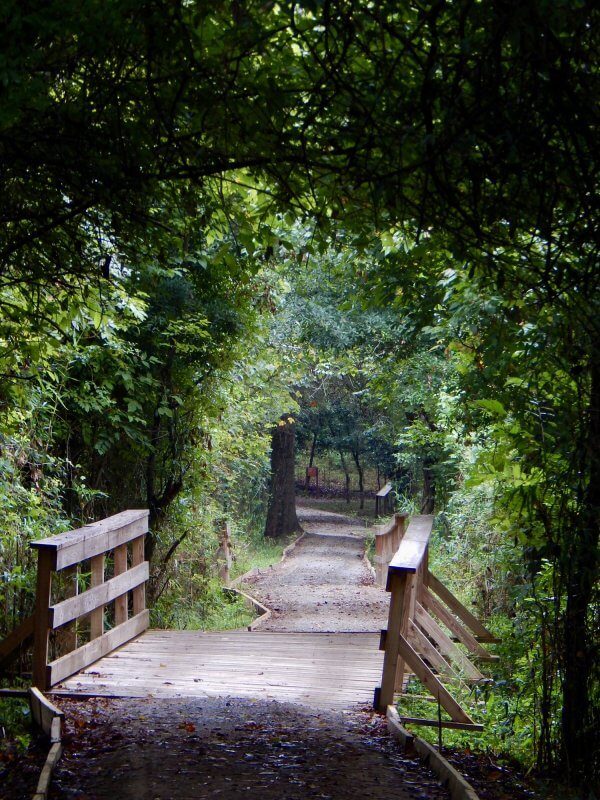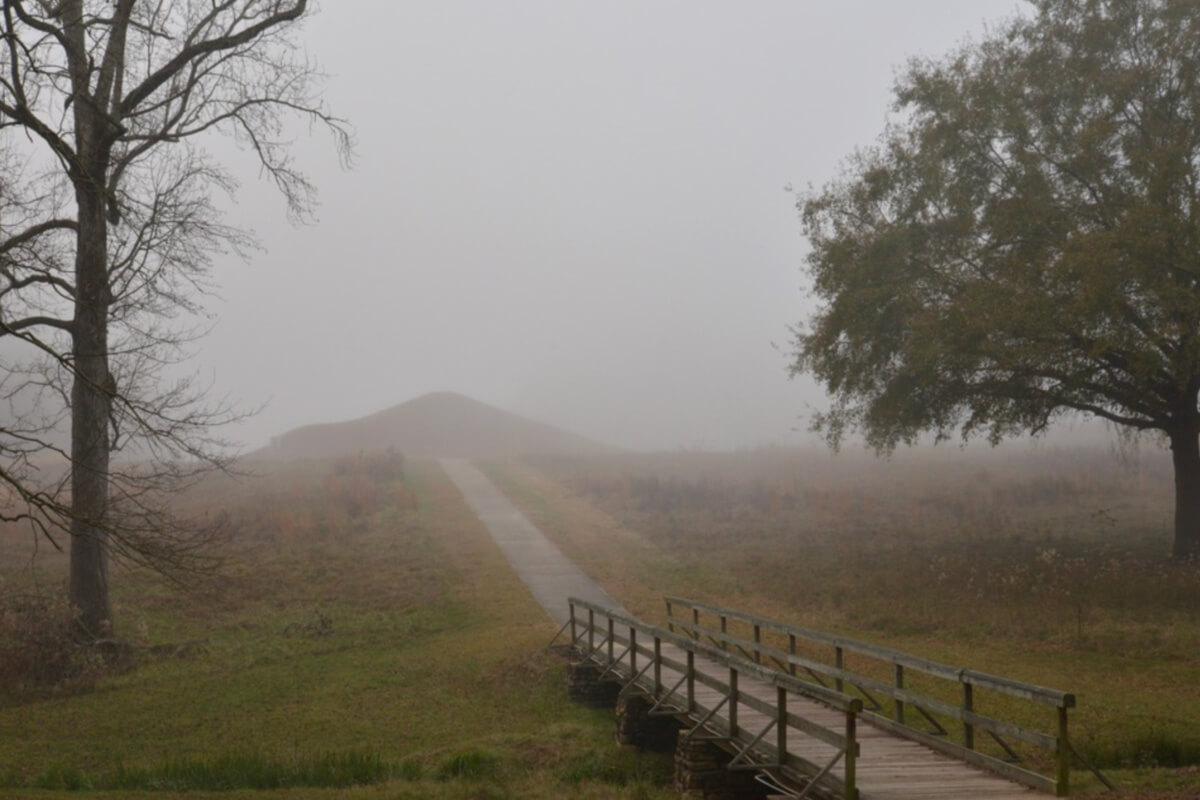In the heart of Georgia, beneath a canopy of trees and centuries of history, lies a place where the earth quite literally rises to meet you. The Ocmulgee Mounds, ancient ceremonial sites built by Indigenous peoples more than a thousand years ago, are more than a landmark. They are sacred grounds, a story told in soil. And now, they are on the cusp of becoming a new national park.
If you do not know about Ocmulgee, you are not alone. But that is changing. Fast. After years of advocacy from Native communities, historians, and proud Georgians, Ocmulgee Mounds National Historical Park is closer than ever to being elevated to full national park status, which would make it the first in Georgia.
And while that may sound like a simple upgrade, the truth is far more layered — just like the land itself. The path from “special place” to “new national park” is long, deliberate, and often decades in the making. Just ask West Virginia’s New River Gorge, the most recent site to receive the honor in late 2020 — after nearly 50 years of study, protection, and passionate advocacy.

A Park with Ancient Roots and Modern Momentum
Long before Georgia was a state, and centuries before European settlers arrived, the Ocmulgee River basin was home to flourishing Indigenous cultures. The towering Earth Lodge and the Great Temple Mound still stand today, reminding visitors of the Mississippian people’s complex engineering, spiritual depth, and connection to the land.
Today, Ocmulgee is protected as a national historical park, attracting thousands each year who are drawn to its blend of archaeology, quiet trails, and deep cultural resonance. But the movement to transform it into a new national park — a designation that offers more visibility, resources, and long-term protection — has reached a promising new chapter.
Led by the Muscogee (Creek) Nation, whose ancestors built the mounds and were forcibly removed from the region in the 1830s, this effort has become a model for community-led preservation and Indigenous leadership.
So how does a beloved piece of land join the ranks of Yellowstone, Yosemite, and the Great Smoky Mountains?

How a National Park is Born: The Ocmulgee Edition
The journey from “important place” to “national park” is never quick, and that is by design. These places are protected for generations, so every step is handled with care. Here’s what that process looks like and how Ocmulgee is navigating it.
Step 1: Local Passion & Indigenous Advocacy
It always begins on the ground. For Ocmulgee, that means the Muscogee (Creek) Nation — along with local residents, historians, and environmental groups — have to raise their voices to honor and preserve the land’s cultural and spiritual value.
Step 2: National Park Service (NPS) Study
Before any new national park can be established, the NPS conducts a special resource study. This in-depth evaluation asks key questions: Is the site nationally significant? Can it be feasibly managed by the Park Service? Does it offer something unique?
The study for Ocmulgee is already underway and shows strong signs of support.

Step 3: Public Engagement
Town halls in Macon, tribal consultations, and congressional listening sessions all play a role. Public buy-in is essential. In Ocmulgee’s case, support has been broad and bipartisan, ranging from local churches to regional businesses and tourism leaders.
Step 4: Congressional Action
Unlike national monuments, which can be created by presidential proclamation, only Congress can designate a national park. This step can take years — just like it did for New River Gorge, which started as a national river in the 1970s and didn’t become a national park until 2020. Ocmulgee is now approaching this crucial stage, with strong backing from Georgia lawmakers.
Step 5: Co-Management & Long-Term Vision
If approved, Ocmulgee would become the first national park in U.S. history to be co-managed by a removed Native American tribe. It would also protect over 50 miles of riverfront and more than 80 archaeological sites from development, erosion, and neglect.

Why it Matters — For Georgia and All of Us
A national park designation does more than protect land; it uplifts stories. Ocmulgee is a living classroom, a place of remembrance, and a sacred space that deserves the highest honor we can give.
For women — from the moms teaching their kids about Native American history to the entrepreneurs building sustainable travel experiences — this moment is a reminder of the quiet, enduring strength of preservation. It’s about honoring what came before us and ensuring its place in what’s next.

Plan Your Visit
If you haven’t experienced Ocmulgee yet, now’s the time. Just a short drive from Downtown Macon, you can stand inside a 1,000-year-old earth lodge, hike through wildflower-strewn wetlands, and take in panoramic views from atop the Great Temple Mound. Fall brings the Ocmulgee Indigenous Celebration, an unforgettable weekend of music, food, art, and storytelling. There are also plenty of suggestions on the Park Services website.
Ocmulgee’s story isn’t over; rather, it’s just entering a new chapter. And as it edges closer to becoming a national park, it invites all of us to slow down, look back, and honor the land that has held stories far longer than we’ve been listening.
The National Park Service maintains a list of all pending locations if you want to get involved.
**********
Want more recommendations from StyleBlueprint? Click HERE to subscribe to our daily newsletter!



















